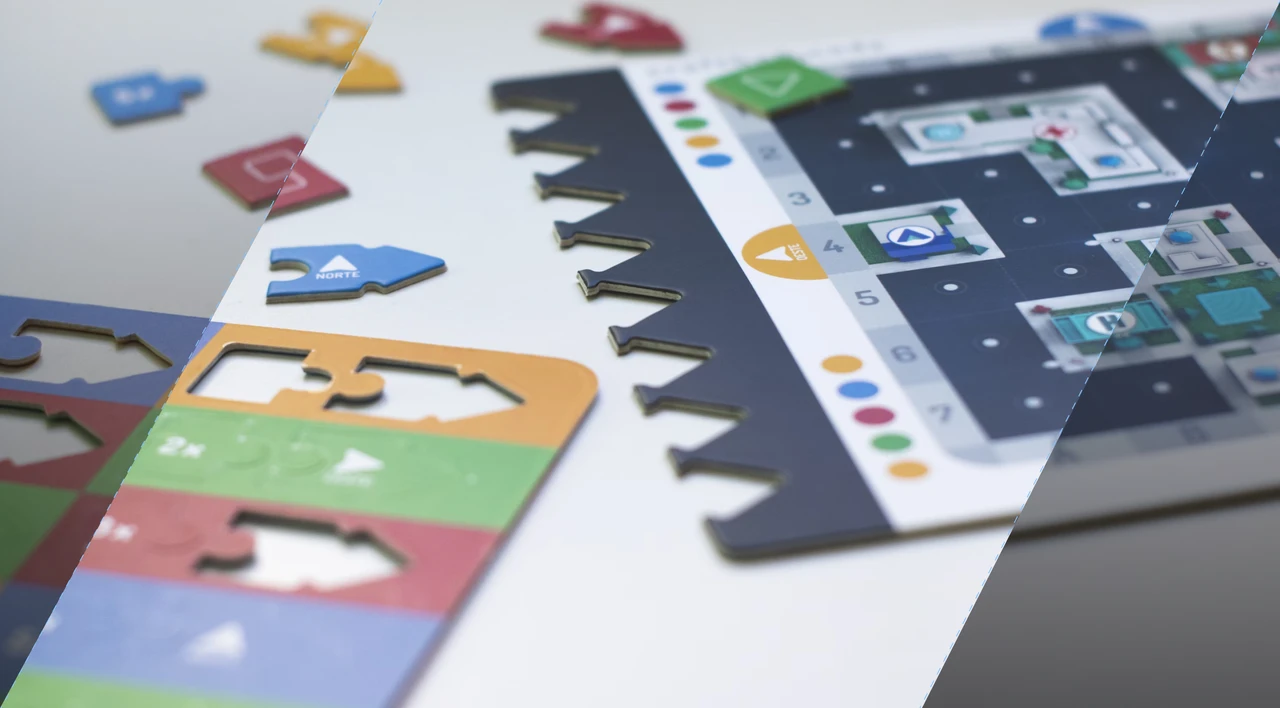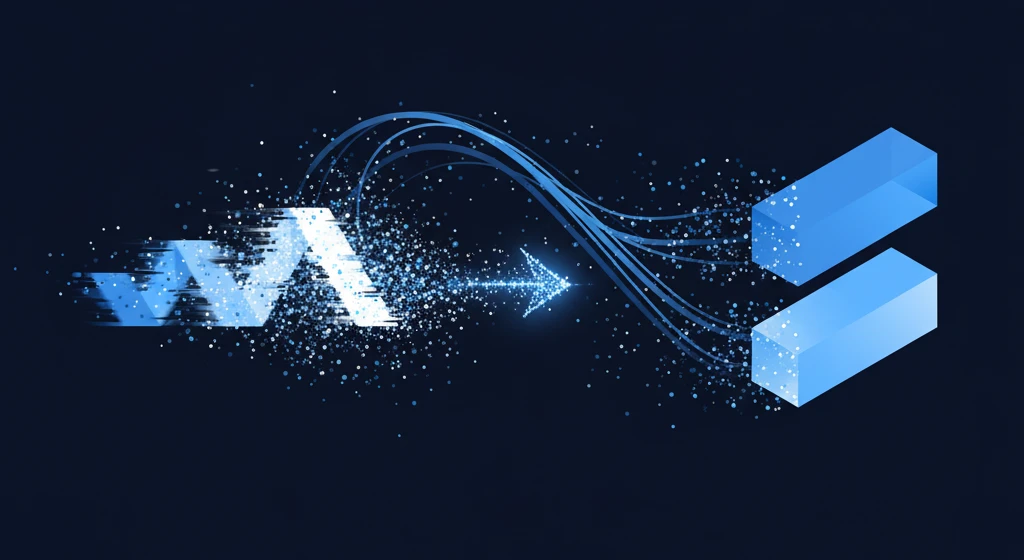SHARE
Revamping Your Business: A Guide to Legacy Application Modernization

Contents
Contents
Are you trying to run a modern business on software built decades ago? Many companies face this challenge with their legacy applications, which now struggle to keep up with modern technology demands.
Application modernization market is expected to increase from its estimated value of USD 15.3 billion in 2023 to USD 52.28 billion by 2030. Modernization isn’t just about updating software; it’s about making business processes more flexible, scalable, and customer-focused. This update is crucial for businesses to stay competitive, cut costs, and improve efficiency.
Using new technologies can enhance these old systems, making them ready to handle today’s digital challenges and opportunities. This shift is key to digital transformation, helping businesses innovate and succeed in a rapidly evolving market.
Key Takeaways:
- Legacy application modernization is essential for digital transformation and maintaining competitiveness.
- Modernizing legacy applications streamlines business processes and aligns initiatives with business goals.
- It leads to improved efficiency, better performance, and enhanced innovation and customer service.
- Approaches include rehosting, re-platforming, refactoring, rearchitecting, and replacing/rebuilding, involving assessment, migration, testing, training, and creating a modernization roadmap.
Why Legacy Application Modernization is Important
92% of enterprises are working on or planning an app modernization project. Legacy application modernization is crucial for organizations that rely on outdated legacy systems.
These systems often pose significant challenges when it comes to adapting to changing market demands, integrating with modern technologies, and delivering exceptional user experiences.
Modernizing legacy applications offers numerous advantages:
- Cost Reduction: It helps reduce the cost associated with maintaining outdated systems. Legacy applications often require extensive resources for upkeep and support, diverting valuable time and budget away from more strategic initiatives. 49% of surveyed companies list improving efficiency as one of the main drivers for the modernization of their legacy applications and data in 2023. By modernizing these applications, organizations can optimize their spending and allocate resources more efficiently.
- Addressing Skill Shortages: Legacy application modernization allows businesses to address the shortage of skilled employees in legacy languages. As technology advances, expertise in legacy programming languages becomes increasingly scarce. Modernization initiatives provide an opportunity to migrate these applications to more contemporary platforms, enabling organizations to attract and retain talent with skills in up-to-date programming languages and frameworks.
- Improving Employee Experience: Modernizing legacy applications caters to the expectations of modern workers. Today’s employees are accustomed to user-friendly, intuitive software experiences in their personal lives. Legacy systems often fall short in this regard, leading to frustration and decreased productivity. By modernizing these applications, organizations can provide their employees with a more enjoyable and efficient work environment, boosting overall job satisfaction and performance.
- Staying Competitive: Legacy application modernization allows organizations to stay competitive in the marketplace. By embracing modernization trends and leveraging the latest technologies, businesses can gain a competitive edge. Modernized applications enable organizations to respond quickly to market changes, enhance customer experiences, and drive innovation. This agility and innovation provide an essential strategic advantage in today’s fast-paced business landscape, ensuring efficient web and mobile app maintenance along the way.
Modernization Trends
74% of organizations consider digital transformation a top priority. To stay ahead in the modernization journey, organizations should be aware of the latest trends in legacy application modernization. These trends include:
|
Modernization Approach |
Description |
|
Migrating legacy applications to the cloud offers scalability, flexibility, and accessibility, allowing organizations to leverage cloud services and infrastructure. | |
|
Microservices Architecture |
Breaking down monolithic legacy applications into smaller, modular components enables organizations to enhance agility, scalability, and reliability. |
|
Containerization |
Containerizing legacy applications facilitates easier deployment, scaling, and management. |
|
Low-Code Development |
Adopting low-code platforms allows organizations to rapidly modernize legacy applications with minimal coding, reducing development time and costs. |
By keeping abreast of these modernization trends and incorporating them into their strategies, organizations can ensure they are on the path to achieving their digital transformation goals.
Approaches to Legacy Application Modernization
Legacy system modernization is a critical step in ensuring the longevity and effectiveness of your enterprise applications. By modernizing your legacy application, you can unlock new opportunities, enhance performance, and align with the evolving technological landscape.
To achieve successful modernization, organizations can utilize various strategies tailored to their specific needs and goals.The following approaches to legacy application modernization are commonly employed:
- Rehosting: This approach involves migrating your legacy application to a new infrastructure or platform without making any code modifications. Rehosting allows for a quick transition while maintaining the existing functionalities and minimizing disruptions.
- Replatforming: With this approach, you migrate your legacy application to a new platform with minor code modifications. It combines the benefits of rehosting with the ability to optimize your application for the target platform, improving performance and compatibility.
- Refactoring: Refactoring entails restructuring and rewriting portions of your legacy codebase to enhance architecture, performance, and maintainability. This approach enables you to address technical debt, improve scalability, and incorporate modern practices without sacrificing core functionality.
- Rearchitecting: Rearchitecting involves redesigning and rebuilding your application from scratch, leveraging modern architectures and technologies. This approach provides the opportunity to transform your application into a more scalable, modular, and maintainable solution, aligned with current industry standards.
- Replacing/Rebuilding: If your legacy application no longer aligns with your business objectives, replacing or rebuilding it may be necessary. This approach allows you to start with a clean slate and build a new application, either using off-the-shelf solutions or custom enterprise software development, tailored to your specific requirements.
Each approach to legacy application modernization has its advantages, and the most suitable strategy depends on your organization’s unique circumstances. Consider factors such as budget, time constraints, complexity, and desired outcomes when choosing the right approach for your modernization journey.
The Process of Legacy Application Modernization
Legacy application modernization is a complex undertaking that requires careful planning and execution. In fact, in 2020 nearly three quarters of organizations started a legacy system modernization project but failed to complete it. By following a structured process, organizations can ensure the successful modernization of their legacy applications and minimize risks.
Application Assessment
The first step in the process is to conduct a thorough application assessment. This involves evaluating the current state of the legacy applications and identifying areas that need modernization.
The assessment helps organizations understand the scope of the modernization project and develop a clear roadmap for the transformation.
Migration
Once the application assessment is complete, organizations can proceed with the migration phase. This involves moving the legacy application to a new platform or infrastructure that supports modern technologies.
The migration process requires careful planning and coordination to ensure a smooth transition and minimal disruption to business operations.
Testing and Quality Assurance
As part of the modernization process, thorough testing and quality assurance are essential to ensure that the migrated application functions correctly and meets the organization’s requirements. Rigorous testing helps identify any errors or bugs and allows for necessary adjustments to be made before the application is deployed in the production environment.
Training and Change Management
Legacy application modernization often involves a significant shift in technologies and processes. To ensure a successful transition, organizations must provide training and change management support to employees who will be using the modernized application. This helps them adapt to the new system and maximize its potential to drive business outcomes.
Application Modernization Roadmap
Throughout the modernization process, organizations should create an application modernization roadmap. This roadmap acts as a guiding document that outlines the specific steps, timelines, and resources required for the modernization journey.
It helps keep the project on track and ensures that all stakeholders are aligned and aware of the project’s progress and milestones.
By following this process, organizations can transform their legacy applications and unlock the full potential of digital transformation. Legacy application modernization is a vital step in staying competitive in today’s fast-paced business environment.
Conclusion
Modernizing legacy applications is essential for staying competitive and achieving digital success. By updating these systems, organizations can boost efficiency, enhance user experiences, and remain agile in today’s fast-paced business environment.
The benefits of modernizing legacy applications are numerous: increased security, cost efficiency, scalability, and the ability to innovate. It enables organizations to fully utilize their existing applications while integrating modern technologies to streamline business processes.
To begin this journey, assess your current applications, define your modernization goals, and create a detailed roadmap. With the right approach and a strategy tailored to your needs, you can transform your legacy applications and leverage digital transformation for continued success.
Contact Swovo for expert web and mobile app maintenance services and let us guide you through your digital transformation journey with confidence.
Frequently Asked Questions
What is legacy application modernization?
Legacy application modernization is the process of updating outdated systems with modern platforms to streamline business processes and align with digital transformation initiatives.
Why is legacy application modernization important?
Legacy application modernization is important because it allows organizations to overcome the limitations of outdated systems, respond to changing market demands, integrate with modern technologies, and deliver exceptional user experiences.
What are the approaches to legacy application modernization?
The approaches to legacy application modernization include rehosting, re-platforming, refactoring, rearchitecting, and replacing/rebuilding, each suitable for different organizational contexts and goals.
What is the process of legacy application modernization?
The process of legacy application modernization involves conducting an application assessment, creating an application modernization roadmap, addressing data migration, testing, training, change management, and selecting a suitable modernization strategy.
Web and Mobile App Maintenance
Keep your web and mobile apps running smoothly with Swovo's maintenance and support services.
Get the CEO's Take
Handpicked tech insights and trends from our CEO.
Web and Mobile App Maintenance
Keep your web and mobile apps running smoothly with Swovo's maintenance and support services.
Get the CEO's Take
Handpicked tech insights and trends from our CEO.

Adopt Agile Best Practices for Efficient Software Delivery
Swovo
Dec 10, 2025
Outsourcing vs Insourcing: Which Approach Suits Your Business?
Swovo
Nov 23, 2025
App Store Optimization Tools: Boost App Visibility & Rankings
Swovo
Nov 17, 2025
How Much Does Penetration Testing Cost?
Swovo
Nov 10, 2025
Flatirons Development Is Now Swovo
Michael Frederick
Nov 06, 2025